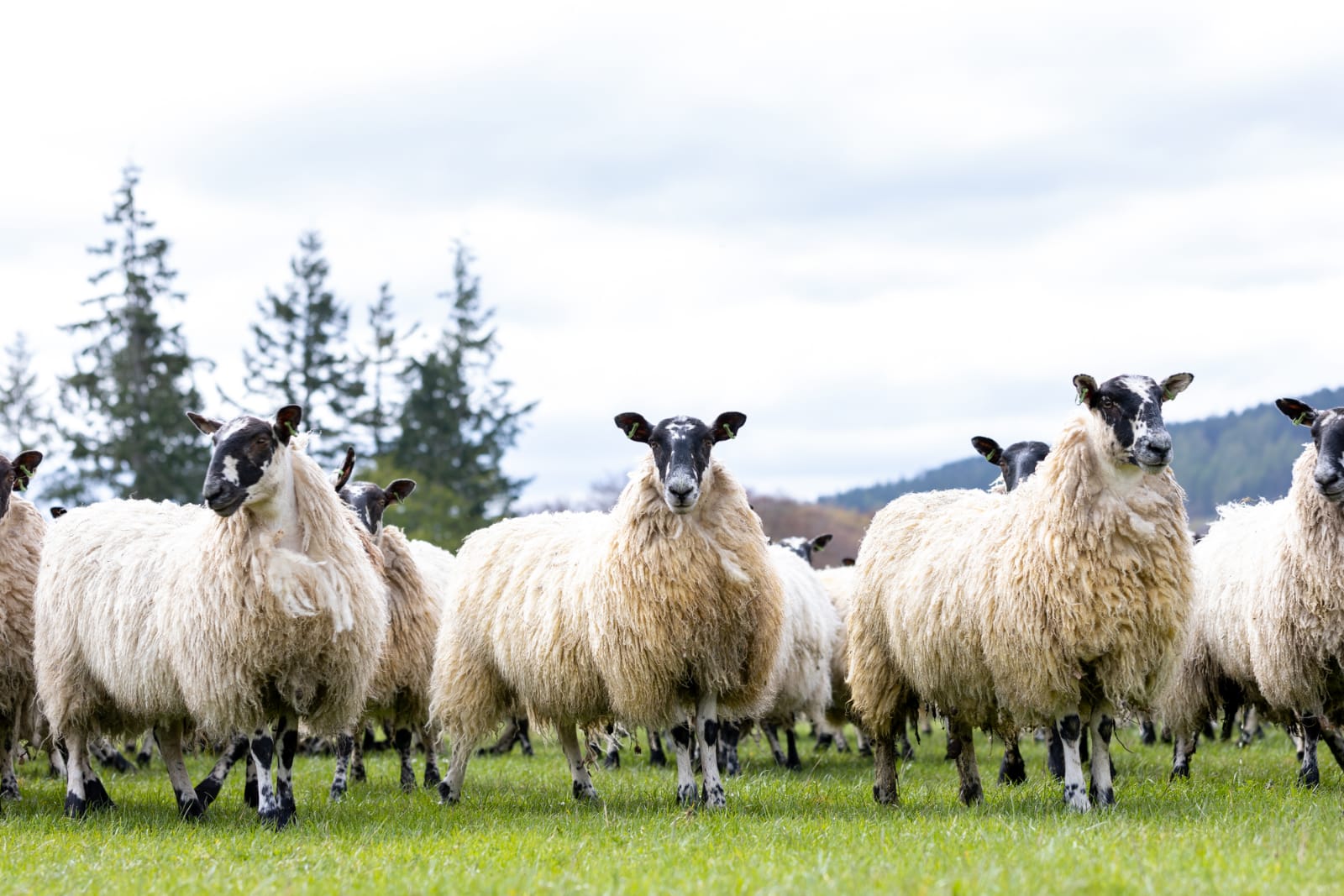Ewe lambs are central to profitable flock health, and sheep farmers should be thinking about them before they are even conceived and put them to the top of the flock hierarchy according to Consultant, Lorna Shaw. Her advice is just one of the many recommendations in a new, free guide that SAC Consulting (part of SRUC, Scotland’s Rural College) has launched today.
Co-author Lorna Shaw says that the management of the replacement flock – eventually destined to take the place of older ewes – can get pushed to the back of busy farmers’ ‘to do’ lists.
Lorna, who is a Ruminant Nutritionist wrote the easy-to-read guide with sheep and grassland specialist, Poppy Frater, after realising there was very little industry literature available on this important subject.
“Getting the breeding and care of replacement ewes right is vitally important for the future of the flock,” explains Lorna. “It really is no exaggeration to say genetics can make a huge difference when it comes to securing both health and profitability.”
Rearing the Future Flock: A Guide to Breeding Ewe Replacements is based on research, science and practical management and sets out the case for:
- Increasing the reproductive performance of the flock
- Reducing the labour and input requirement
- Improving the resilience of the flock and suitability to the farm conditions
“With so many jobs to do on a farm it’s easy to push thinking about replacement breeding to the back of the long list of tasks,” warns Lorna. “But the truth is, we should be thinking about ewe lambs before they are even conceived and throughout their breeding lives – to make sure any ewe lambs they have are of the quality and type that will improve the flock.”
Sire selection has a huge part to play, with half of a breeding ewe’s genetic makeup coming from its sire. The booklet explains Estimated Breeding Values (EBVs), which are a useful tool to determine the genetic potential of an individual compared to others of the same breed.
“If you are wanting to keep replacement ewes that will go on and produce lambs for the next five years it’s important to choose a maternal sire,” explains Lorna. “These have traits such as mature weight, mothering instinct and milking ability. These are in contrast to terminal sire selection, which is all about the carcass yield of offspring.”
The booklet contains handy tables to help decide which mature breeding ewes to cull and which ewe lambs to keep, along with a guide to target weight – and how this influences lamb birth and growth weights.
“Not only does weight drive sexual maturity and whether a pregnancy would be viable as a ewe lamb or not, hitting the target weights we list in the booklet will extend the ewe’s entire lifetime performance,” explains Lorna.
A whole section goes into details on the latest science on the management of first-time lambers, whether breeding as ewe lambs or as gimmers.
“All too often first-time lambers get put in with older ewes and they always end up at the bottom of the flock hierarchy,” explains Lorna. “Any extra care they can be given will be paid back in the health and quality of the lambs, as well as in the ewe’s future performance.”
Nutrition, weaning, mastitis, worm burdens and vaccinations are also covered in the booklet, which is available to download via https://www.sruc.ac.uk/business-services/sac-consulting/agricultural-production/cattle-sheep/
To request a hard copy please email livestock@sac.co.uk

